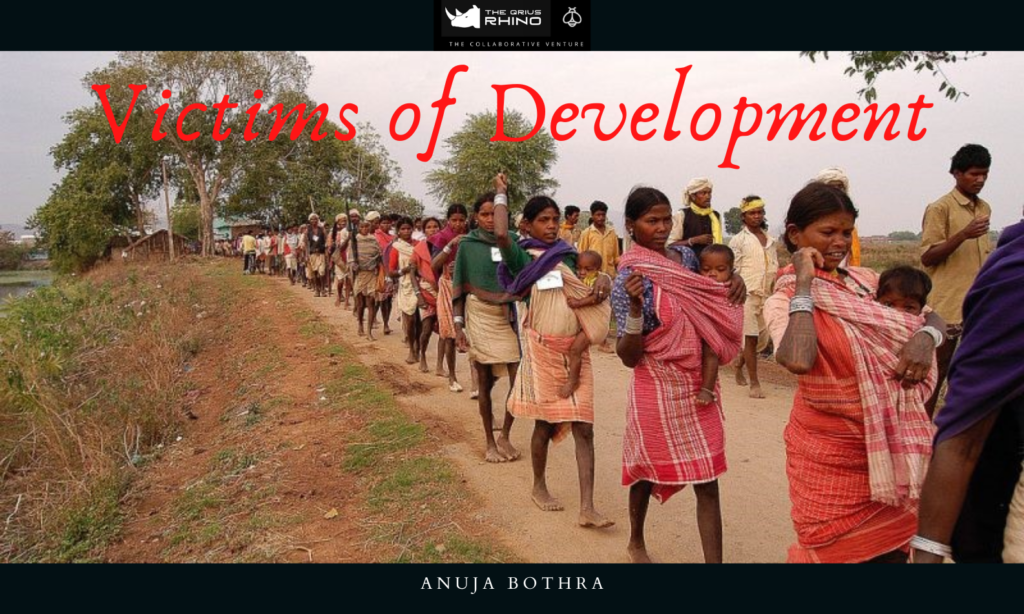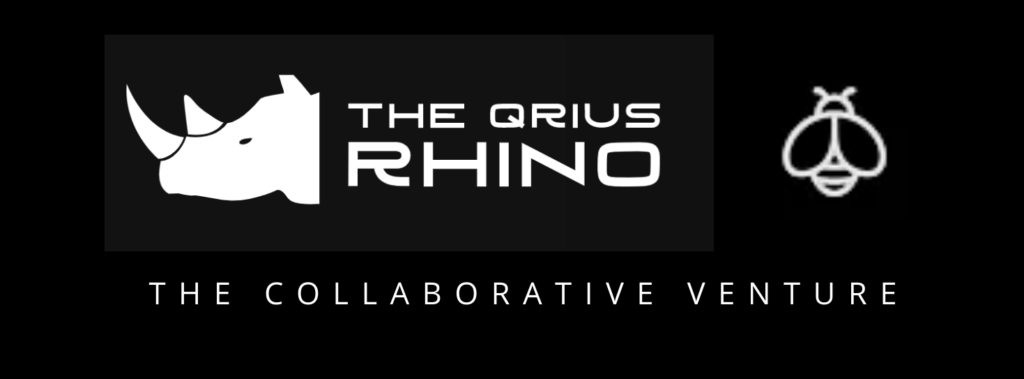
Indigenous and ethnic people around the world have developed survival skills to tackle the most hostile conditions on the planet. Interestingly, the first inhabitants are associated with areas having a rich biodiversity. Over the years, they have played a vital role in the conservation of biodiversity in their natural habitat and their traditional knowledge about environmental management has helped in eco-restoration. They very well know how to coexist in nature.
India reportedly has 68 million belonging to 227 ethnic groups. These indigenous people take shelter in forests, hunt down animals for meat and pick fruits and flowers from the wild edible plants. They use timber for fuel and making tools, medicinal plants for curing ailments, and straws for animal fodder. Because of the years of living in the forests, tribal people have developed a sense of possession and thus, have protected the forests from over-exploitation due to human greed.

Unfortunately, millions of Adivasis and members of other tribal communities have been displaced from their native lands after the Supreme Court of India ordered for their eviction in 2019, in the name of development. This development model has swiftly transferred resources from the underrepresented sections of the society to the more privileged ones. People dependent upon land, water, forests and other natural resources for livelihood have been dispossessed of their subsistence through land acquisition and community displacement. These steps undertaken for developmental projects, along with a lack of rehabilitation procedures and indebtedness have led to the marginalization of Adivasis within the country.

Due to construction of dams, mines and industries in Chhattisgarh, Jharkhand and Odisha, the tribal people have been forced away from their traditional habitat, making them more vulnerable to exploitation and pushing them to poverty, malnutrition, illnesses and psychological trauma. These tribal people are the stakeholders in any developmental project that takes place in their inhabited area. However, more harm is done to them than good. The sentiments of the local people must be considered by authorities before clearing the forests that have been conserved by those people, and this can be achieved by better planning of the conservation plans in consultation with the ethnobiologists, other experts and with the people who have previously done field study and research on their lifestyle. Also, conservation is needed to be looked in terms of gene banks. It is possible to ecologically restore and sustainably manage the biodiversity by using these gene banks as potential sources of gene flow.
But how do we balance human and wildlife needs? A proposed answer can be community conservation. This will allow indigenous people to participate in wildlife conservation programs and nature protection, instead of directly invading their lands. Furthermore, the emphasis has to be given on in-situ and ex-situ conservation, because the ethnic and indigenous groups are depleting rapidly due to industrialization and urbanization. Indigenous people are a significant part of the environment, and environmental rights must, therefore, include tribal rights.
By,
Anuja Bothra
About the author:

I have completed B.Sc. Microbiology (Hons.) at St. Xavier’s College, Kolkata. Now I manage my independent blog called ‘The Bio Bee’ where I write mostly about the interesting developments in the field of Biosciences and create awareness about environmental issues. I spend most of my time-solving sudokus, puzzles and riddles, and I also love reading fiction books.
Other blogs of the author can be found here.
Our Collaboration:

This blog marks the first collaboration between The Qrius Rhino and The Bio Bee. The Bio Bee is a Science blog like us, that is run by Anuja Bothra, the author of this article. She writes on various interesting and thought-provoking topics and we are proud to introduce her to our readers through her unique content. You should visit her blog page, The Bio Bee. Also, do follow the Instagram page for updates regarding the latest posts. Other collaboratively published blogs can be found here.
References:
- Millions of indigenous people face eviction from their forest homes https://www.nationalgeographic.com/culture/2019/05/millions-india-indigenous-people-face-eviction-from-forests/
- Displacement and Rehabilitation of Tribals by Biswaranjan Mohanty; Economic and Political Weekly Vol. 40, No. 13 (Mar. 26 – Apr. 1, 2005), pp. 1318-1320
- The role of ethnic and indigenous people of India and their culture in the conservation of biodiversity http://www.fao.org/3/xii/0186-a1.htm
- Eviction of Tribals: Forced Displacement and Its Links With Poor Health https://thewire.in/rights/supreme-court-eviction-tribals-displacement
- Cover Image: “Baiga Adivasis in a protest walk” Source: Wikimedia Commons